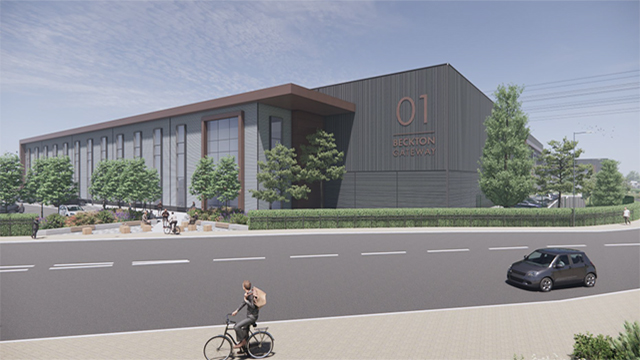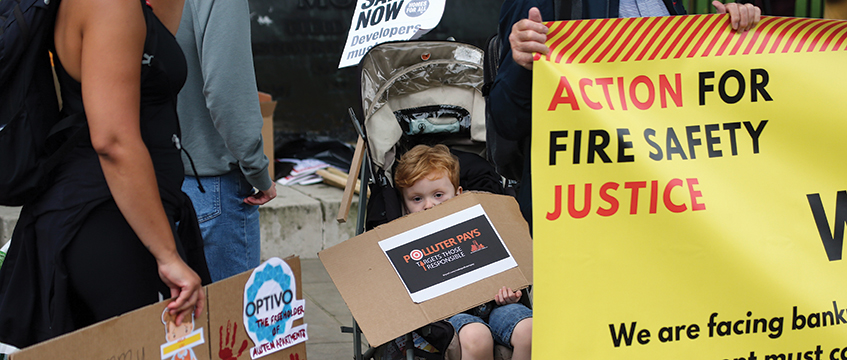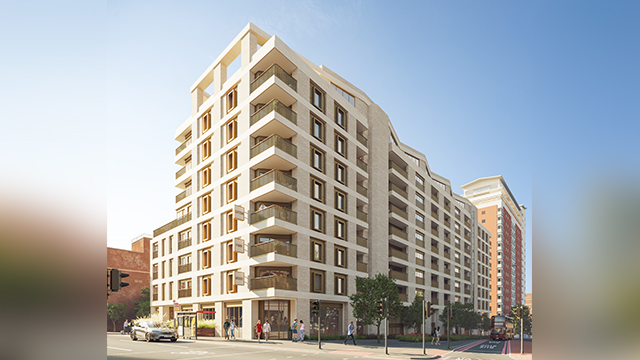COMMENT: Last week, the mayor of London, Sadiq Khan, made something of a U-turn on resident ballots for estate regeneration, writes Colette McCormack, planning partner, Winckworth Sherwood.
The mayor’s draft good practice guide to estate regeneration makes clear Khan’s support for the use of ballots in projects that:
■ involve strategic projects of 150 or more new homes;
■ involve the demolition of existing affordable/social housing; and
■ rely on mayoral funding.
An accompanying consultation paper seeks views on how this would be implemented via a new Greater London Authority funding condition.
The mayor’s intention is a noble one. The policy aims to protect and increase social housing and ensure that residents’ needs are at the heart of proposals. The mayor believes that a vote would provide social landlords and their development partners with a stronger mandate for regeneration schemes, helping to avoid the disagreements that arise when residents feel they have not been properly consulted.
However, like all these things, the devil is in the detail. If the policy and its implications are not carefully considered, it could simply add further complexity to a process already fraught with difficulty and competing interests.
The paper proposes that a ballot should be the culmination of a period of consultation, taking place prior to the procurement of a development partner and the precise specification of the development proposals.
Changing over time
Estate regeneration takes years, if not decades, and plans inevitably change over time. The paper makes clear that a ballot would be only one “milestone” in the process, and only one part of a much wider, comprehensive exercise.
However, the suggestion that it take place so early – before a development partner has even been appointed – risks creating the illusion of giving more weight to the opinion of residents, only for this to be shattered when plans subsequently change. It makes it much harder to manage residents’ expectations.
Residents meeting prescribed criteria (but essentially ones that have lived on an estate for more than one year or whose names appear on the tenancy agreement) would be eligible to vote on the developer’s offer, which the paper says should include enough detail for them to make an informed decision about the future of their estate – incredibly difficult at such an early stage.
The offer will be expected to cover issues as diverse as the estimated number of new homes, future tenure mix, design principles and details of the full right to return or remain for social tenants.
Asking residents to respond to such wide-ranging proposals with a simple yes/no vote seems counterproductive. It risks reducing a complex set of issues that will play out over many years to a simple decision made at one point in time.
Added to this is the fact that the mayor’s call for a simple majority of 51% could potentially mean a scheme going ahead even where almost half of residents voted against.
Managing turnout
How will turnout – notoriously low in the UK even for national referendums – be managed to ensure that the result is representative and achieves a genuine mandate?
And what happens to a social landlord/developer in the event of a vote against regeneration? The policy risks unwittingly derailing schemes that – although not perfect – would have the net effect of improving the quality of social housing and the lives of residents while delivering more and better homes for Londoners.
More concerning still is the proposal that the GLA may claw back funding from landlords/developers where their final development proposals deviate materially from the offer on which the ballot was made.
Thorough and meaningful public consultation is the lifeblood of successful estate regeneration and is a well-established part of the planning process.
Done well, it is far from a tick-box exercise. Instead, it takes the views of residents into account at every twist and turn of the process right through to the final proposal. It is responsive to the inevitable unpredictability of regeneration in a way that a ballot cannot be.
Holding landlords, developers and residents to a result that will quickly become outdated risks removing the flexibility and intelligent negotiation needed to deliver regeneration that works for everyone.











